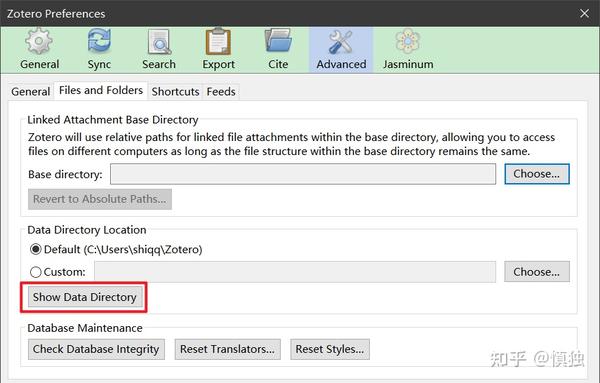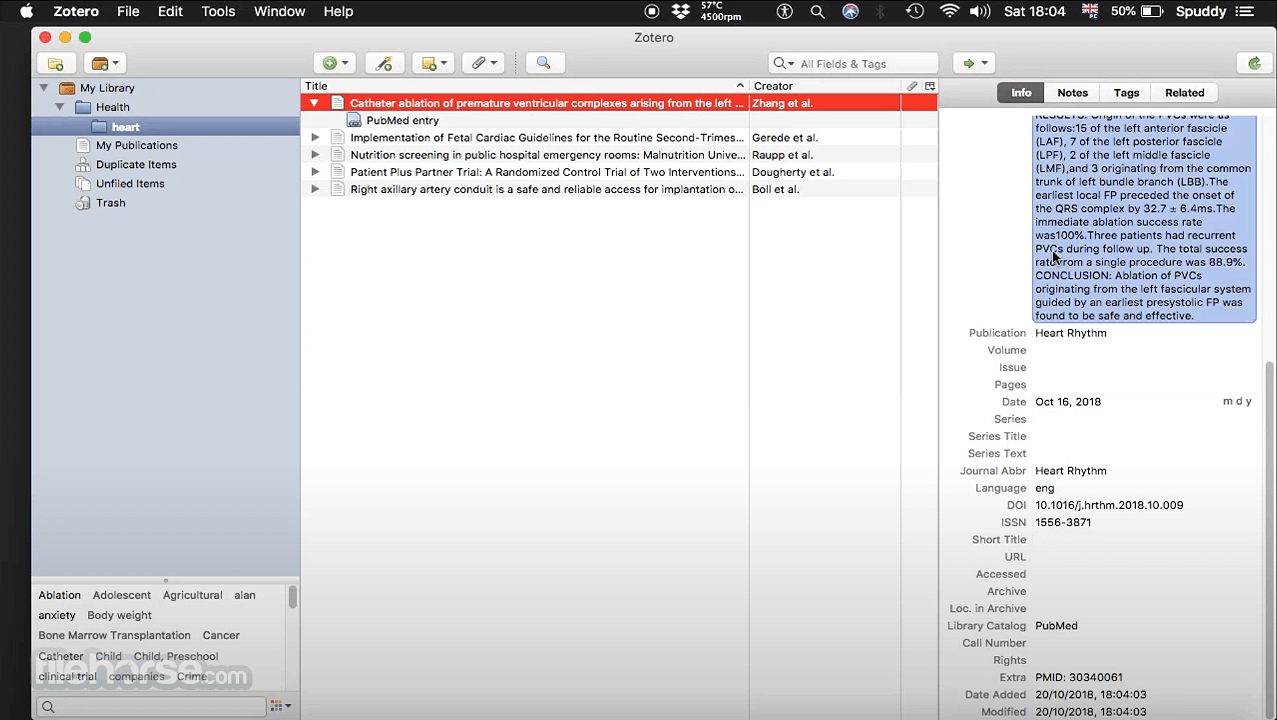

I also like to use the tag function in Mendeley to add more specific identifiers than my folders. You do need to make sure that all of the details are correct before you export the bib.tex files though as this is taken straight from the information plane. I like that Mendeley allows you to share your folders with colleagues and that I can export bib.tex files straight from my library into overleaf documents where I’m writing up papers and my thesis. It’s easy to add new papers to your library using the browser extension with just one click. I still use Mendeley as a library just in case anything happens to my Notion. Mendeley was my research management tool of choice prior to when I started using Notion to organize all of my literature and create my synthesis matrix. Here are some digital tools I use to help me find literature relevant to my research questions: Library building and suggestions

Another method for finding literature is the snowballing method which is particularly useful for conducting a systematic review. I also find that just looking through the bibliographies of literature in your field and seeing which papers are regularly cited gives you a good idea of the core papers in your area (you’ll start recognising the key ones after a while). You can use keyword searches relevant to your research questions as well tools that find ‘similar’ papers and look at citation links. It might be worth chatting to your supervisor to make a list of these and then add or remove terms to it as you go down different research routes.

The first thing to do when starting your literature review is to identify some keywords to use in your initial searches.
#NOTION AND ZOTERO HOW TO#
There are plenty of resources online all about how to start with your search- I find a mixture of database search tools works for me. This is always the first step in building your literature review.

Some useful resources The literature search You can click on the links below to navigate to a particular section of this article: In this post, I’ll break down how this works for me and how I implement my Notion databases to synthesise the literature I read into a coherent argument. I used this method quite successfully to write the literature review for my confirmation report and regularly add to it for the expanded version that will become part of my PhD thesis. This is an iterative process that keeps me up to date on relevant research in my field as I am getting new paper alerts in my inbox most days. You can see a flow chart of my literature review process below (it’s inspired by this post by Jenn’s Studious Life and the three pass method for reading papers which I wrote about last week in this post):Īs you can see, this process involves a couple of decision points which helps me focus on the most important papers. I like to organize my literature review using various literature review tools along with two relational Notion databases: a ‘literature tracker’ and a ‘literature notes’ matrix. In this post, I’ll go through how I do my literature review and share a Notion template that you can use. I’ve essentially transferred all of my excel sheets into Notion databases and find it much easier to filter and sort things now. It’s kind of like your own personal wiki- you can link your pages and embed databases into another page, adding filters and sorting them using user-set properties. Notion is an organization application that allows you to make various pages and databases. I’ve recently revamped my literature review workflow since discovering Notion.


 0 kommentar(er)
0 kommentar(er)
